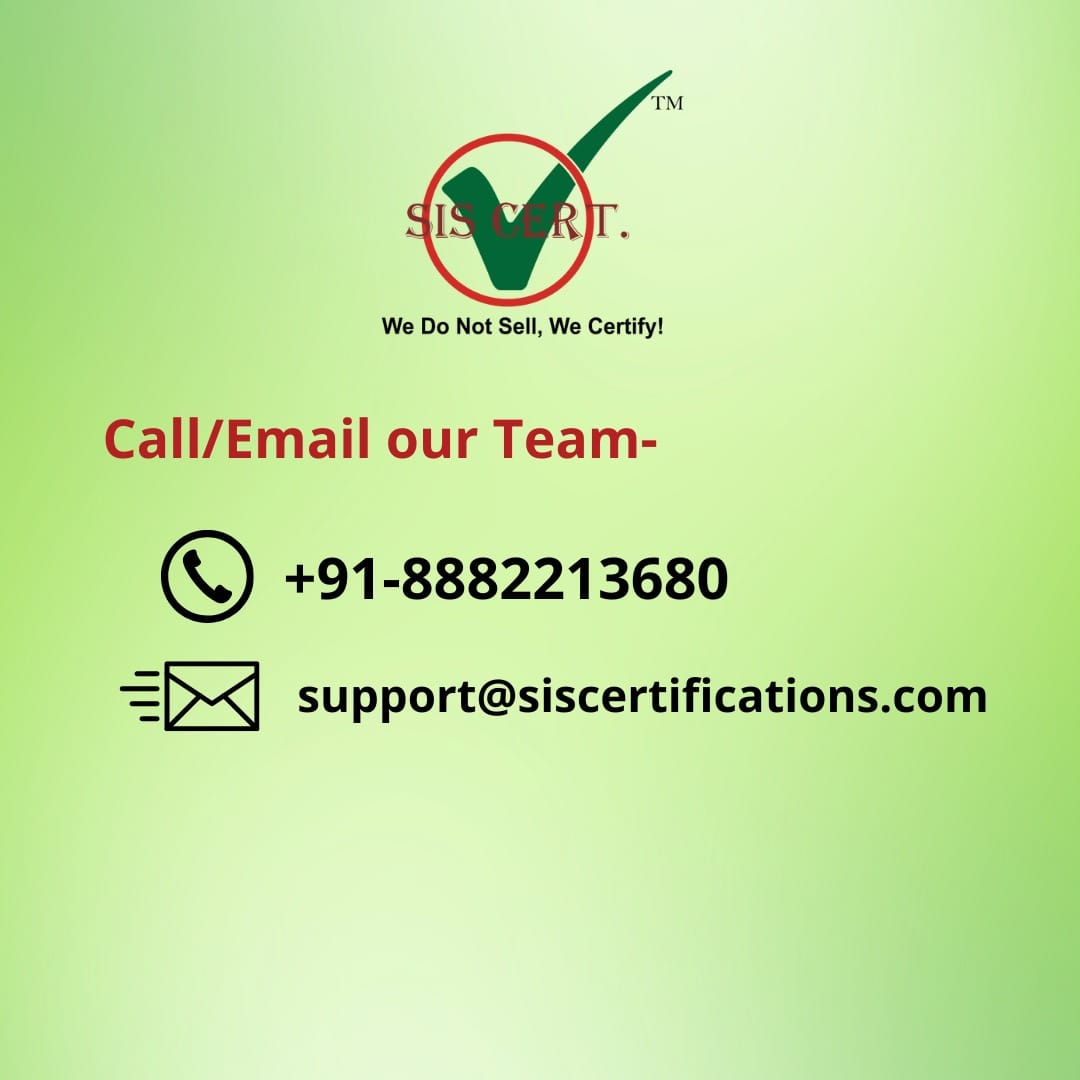What Are the Requirements of ISO 9001

Introduction
In today’s competitive business environment, maintaining consistent quality is
more than a best practice—it's a necessity. ISO 9001, the internationally
recognized standard for quality management systems (QMS), provides
organizations with a structured framework to ensure quality excellence, enhance
customer satisfaction, and streamline operations.
But what exactly are the requirements of ISO 9001, and how can your organization meet them? In this guide, we break down the key components of ISO 9001:2015 and provide actionable insights to help you achieve and maintain certification.
What Is ISO 9001?
ISO 9001 is a standard published by the International Organization for Standardization (ISO) that outlines the criteria for a quality management system. It is applicable to organizations of any size and industry and helps ensure that products and services consistently meet customer and regulatory requirements.
The current version, ISO 9001:2015, is built around the Plan-Do-Check-Act (PDCA) cycle and emphasizes risk-based thinking.
ISO 9001 is the world’s most recognized Quality Management System (QMS) standard. Designed by the International Organization for Standardization (ISO), it helps businesses consistently meet customer requirements and improve their internal processes. But what exactly does it take to become ISO 9001 certified? In this guest post, we’ll break down the core requirements of ISO 9001 and explain how your organization can meet them.
The 7 Key Principles of ISO 9001
Before diving into the specific requirements, it’s essential to understand the seven quality management principles that form the foundation of ISO 9001:
- Customer Focus
- Leadership
- Engagement of People
- Process Approach
- Improvement
- Evidence-Based Decision Making
- Relationship Management
These principles guide organizations in implementing and maintaining an effective QMS.
The 7 Key Principles of ISO 9001
Before diving into the specific requirements, it’s essential to understand the seven quality management principles that form the foundation of ISO 9001:
1. Customer Focus
2. Leadership
3. Engagement of People
4. Process Approach
5. Improvement
6. Evidence-Based Decision Making
7. Relationship Management
These principles guide organizations in implementing and maintaining an effective QMS.
1. Understanding ISO 9001:2015
ISO 9001:2015 is the latest version of the standard. It follows a risk-based approach and emphasizes continuous improvement, customer satisfaction, and leadership involvement. It is applicable to any organization, regardless of size or industry.
2. Key Requirements of ISO 9001:2015
Here are the main clauses and requirements that organizations must comply with:
1. Context of the Organization (Clause 4)
Organizations must understand their internal and external environment and identify relevant interested parties. This clause also requires defining the scope of the QMS and determining the processes needed.
2. Leadership (Clause 5)
Top management must show commitment to the quality management system QMS by setting a clear quality policy, assigning roles and responsibilities, and integrating the system into business operations.
3. Planning (Clause 6)
This involves identifying risks and opportunities, setting quality objectives, and planning changes to the system. It promotes a proactive approach to management.
4. Support (Clause 7)
Support includes providing necessary resources, competence, awareness, communication, and documented information to implement and maintain the QMS.
5. Operation (Clause 8)
The core of the QMS: this clause covers operational planning, control, product and service requirements, design and development, supplier relationships, and production.
6. Performance Evaluation (Clause 9)
Organizations must monitor, measure, analyze, and evaluate their processes. This includes internal audits and management reviews to ensure effectiveness.
7. Improvement (Clause 10)
A continuous improvement mindset is key. This involves addressing non-conformities, taking corrective action, and finding opportunities to enhance the system.
3. Documentation Requirements
While ISO 9001:2015 is less documentation-heavy than its predecessors, you’ll still need to maintain:
· Documented processes and procedures
· Quality policy and objectives
· Records of monitoring and measurement
· Internal audit results
· Corrective actions taken
4. Steps to ISO 9001 Certification
1. Gap Analysis – Assess where your current practices align or deviate from ISO 9001 requirements.
2. Training & Awareness – Educate your team about ISO 9001 principles.
3. Implementation – Create or revise processes and documentation.
4. Internal Audit – Identify areas for improvement before the external audit.
5. Management Review – Ensure leadership is involved in evaluating performance.
6. External Audit – Conducted by a certification body to confirm compliance.
5. Benefits of ISO 9001 Certifications
· Improved customer satisfaction
· Increased operational efficiency
· Greater market credibility
· Better risk management
· Enhanced employee engagement
Conclusion:
ISO 9001 is more than a certification—it’s a commitment to quality excellence. By aligning your processes with its requirements, you can build trust with customers, improve internal operations, and drive sustainable growth. Whether you're a small business or a large enterprise, implementing ISO 9001 can be the stepping stone to long-term success.
Understanding the certification requirements of ISO 9001 is the
first step toward building a strong, customer-focused management system.
Whether you’re aiming for certification or simply want to improve your
operations, aligning with ISO 9001 can bring long-term value to your business.
Start your journey today and take a strategic step toward quality excellence
QMS.

